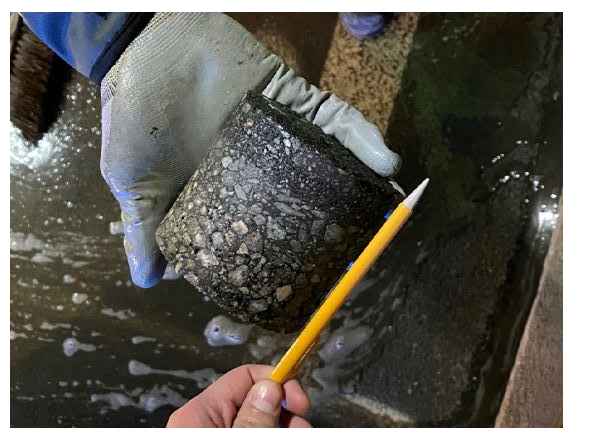
Project 1.17: Determining Layer Thickness and Understanding Moisture Related Damage of State-Owned Roads Using GPR and Capturing Such in a GIS-Based Inventory
Principal Investigator
Dr. Christopher D.P. Baxter
Institution:
University of Rhode Island
Project Status
Active
Project Cost
$261,428
Start Date
09/01/2021
Project Type
Base-funded
End Date
03/31/2023
Agency ID
69A3551847101
Sponsors:
Office of the Assistant Secretary for Research and Technology, University Transportation Centers Program, Department of Transportation
University of Rhode Island
Rhode Island Department of Transportation
Implementation of Research Outcomes:
This project is in its initial research phase. Implementation of Research outcomes will be reported upon completion of initial research.
Impacts and Benefits of Implementation:
This project is in its initial research phase. Impacts and benefits of the research will be reported after the implementation phase.
